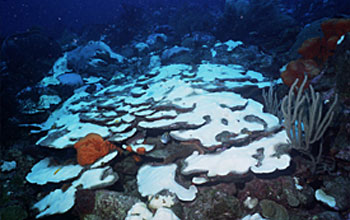This image was taken in October, 2005, during a coral-bleaching event in the Caribbean.
Credit: Todd LaJeunesse, Penn State
Global Warming Causes Outbreak of Rare Algae in Caribbean Corals
News story originally written on September 9, 2009
The Caribbean Sea is usually warm. But it was much warmer than normal in 2005. The heat made corals less healthy. Scientists say that a tiny type of algae helped some corals to survive.
Corals and the algae living inside their bodies need each other. The algae get a safe place to live. The coral gets some of its nutrition. But corals can loose the algae when water temperatures get too warm.
Scientists found one type of algae was could survive during the warm 2005 event. This rare type of algae may have saved many coral animals. As waters got warmer, the algae grew in corals. Then, the corals took in other types of algae when water temperatures returned to normal.
This type of algae may be able to save corals from bleaching during warm periods, but may not be good for coral health. It may not give the corals the nutrition they need. The scientists are planning more studies to better understand how this type of algae affects coral.
Last modified February 1, 2010 by Lisa Gardiner.
You might also be interested in:
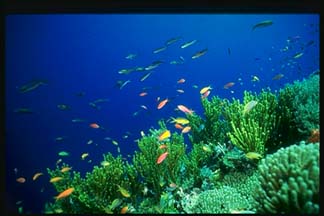
Members of the Kingdom Protista are an unusual group of organisms that were put together because they don't really seem to belong to any other group. Some protists look or act like plants, others look
...more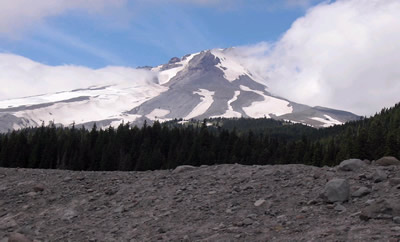
Scientists have learned that Mount Hood, Oregon's tallest mountain, has erupted in the past due to the mixing of two different types of magma. Adam Kent, a geologist at Oregon State University, says this
...more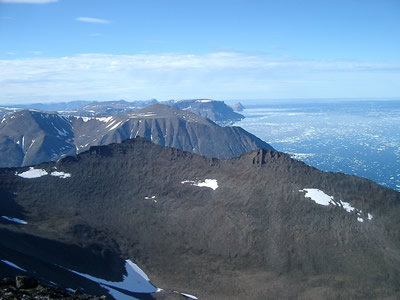
The Earth's mantle is a rocky, solid shell that is between the Earth's crust and the outer core. The mantle is made up of many different reservoirs that have different chemical compositions. Scientists
...more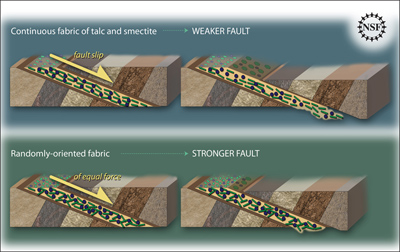
Some faults look strong and like they wouldn’t cause an earthquake. But it turns out that they can slip and slide like weak faults causing earthquakes. Scientists have been looking at one of these faults
...more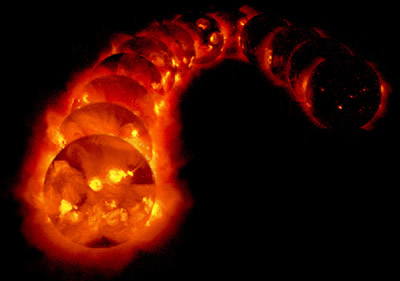
The sun goes through cycles that last approximately 11 years. These solar cycle include phases with more magnetic activity, sunspots, and solar flares. They also include phases with less activity. The
...more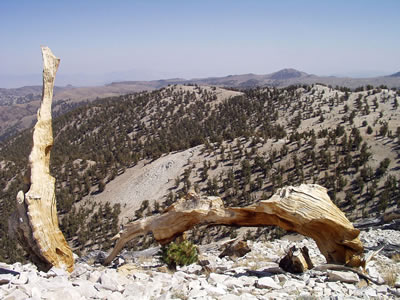
Studying tree rings doesn't only tell us the age of that tree. Tree rings also show what climate was like while the tree was alive. This means that tree rings can tell us about climates of the past. Two
...more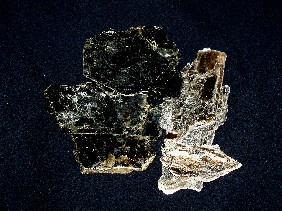
Earth's first life form may have developed between the layers of a chunk of mica sitting like a multilayered sandwich in primordial waters, according to a new hypothesis. The mica hypothesis, which was
...more
